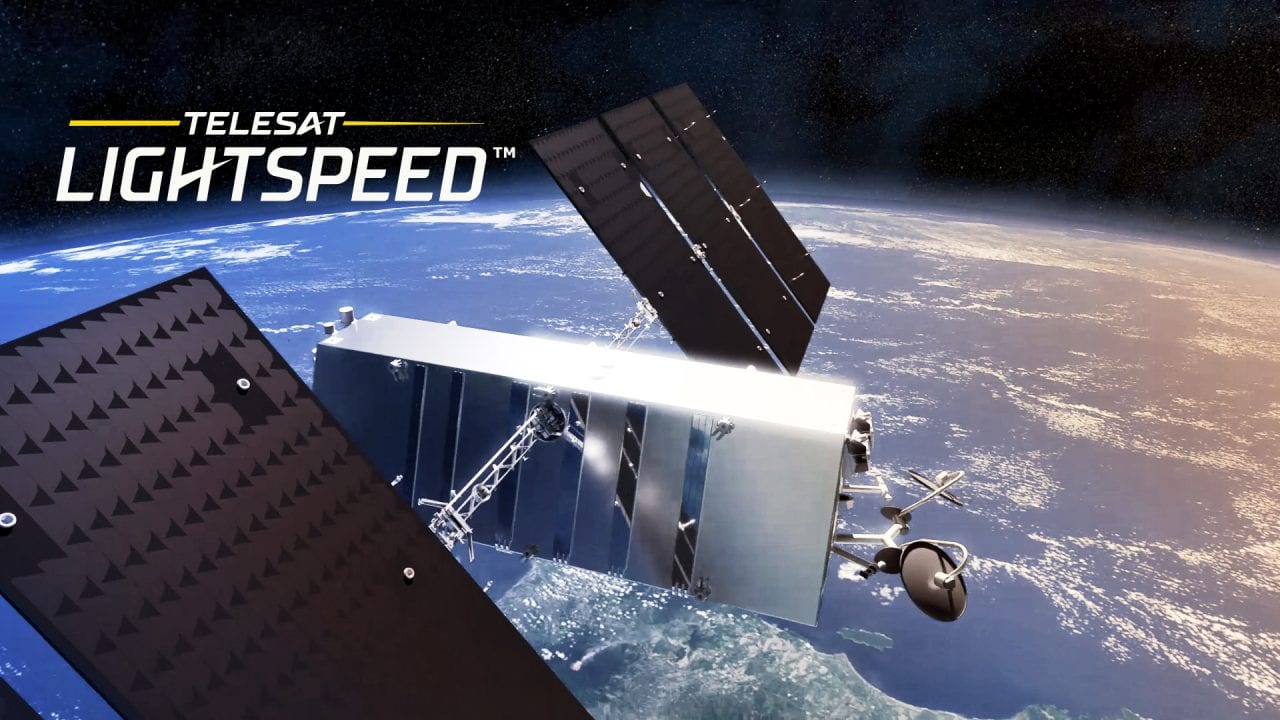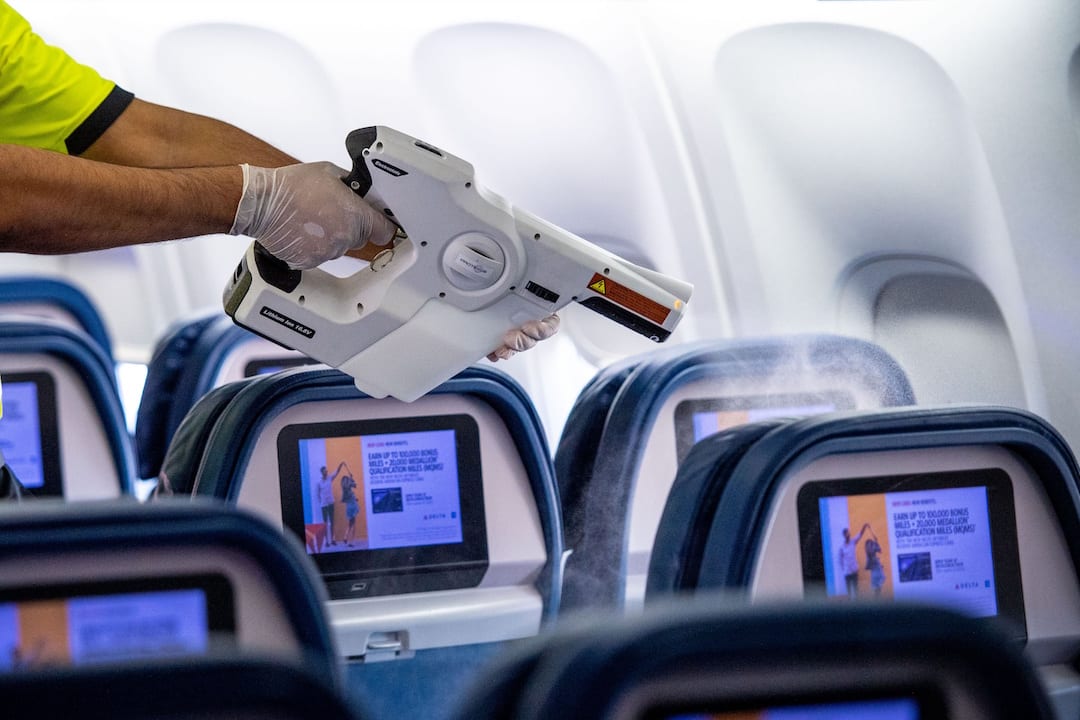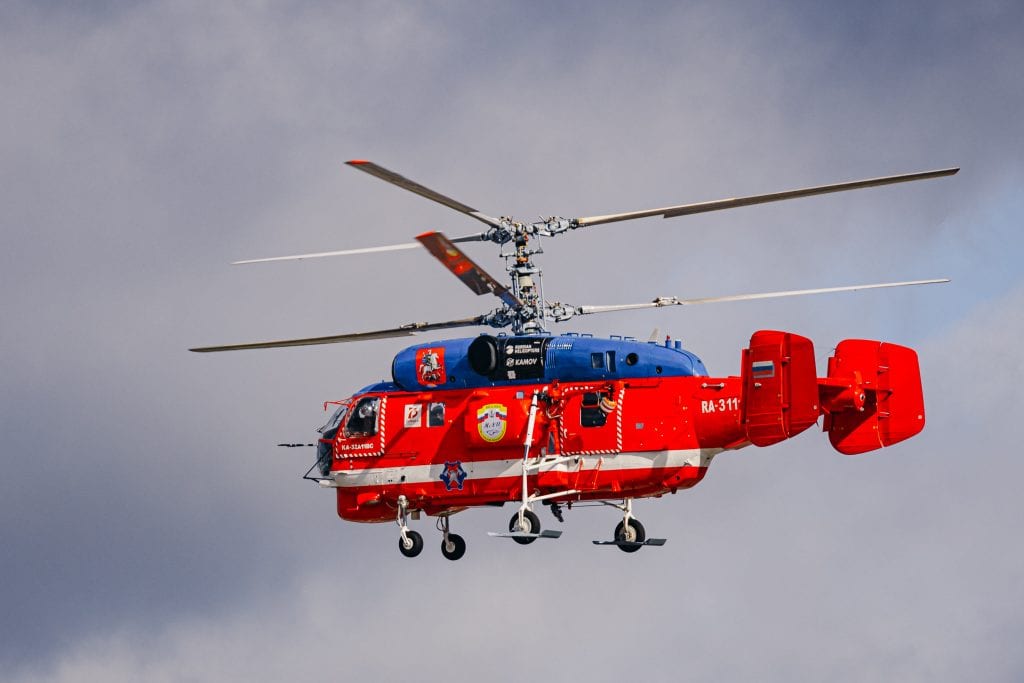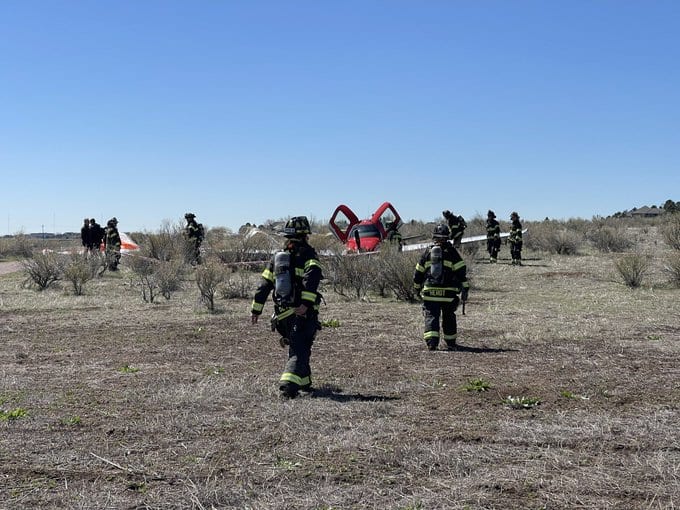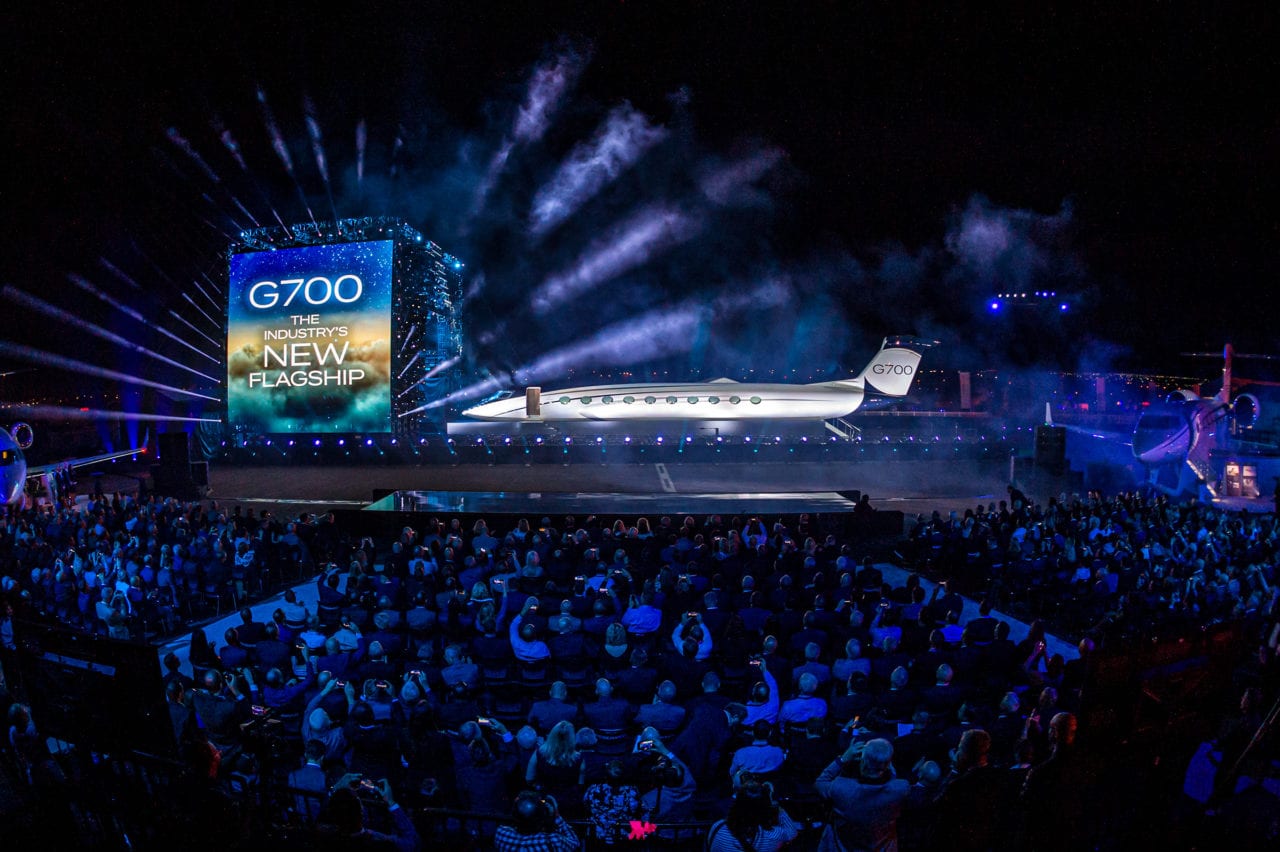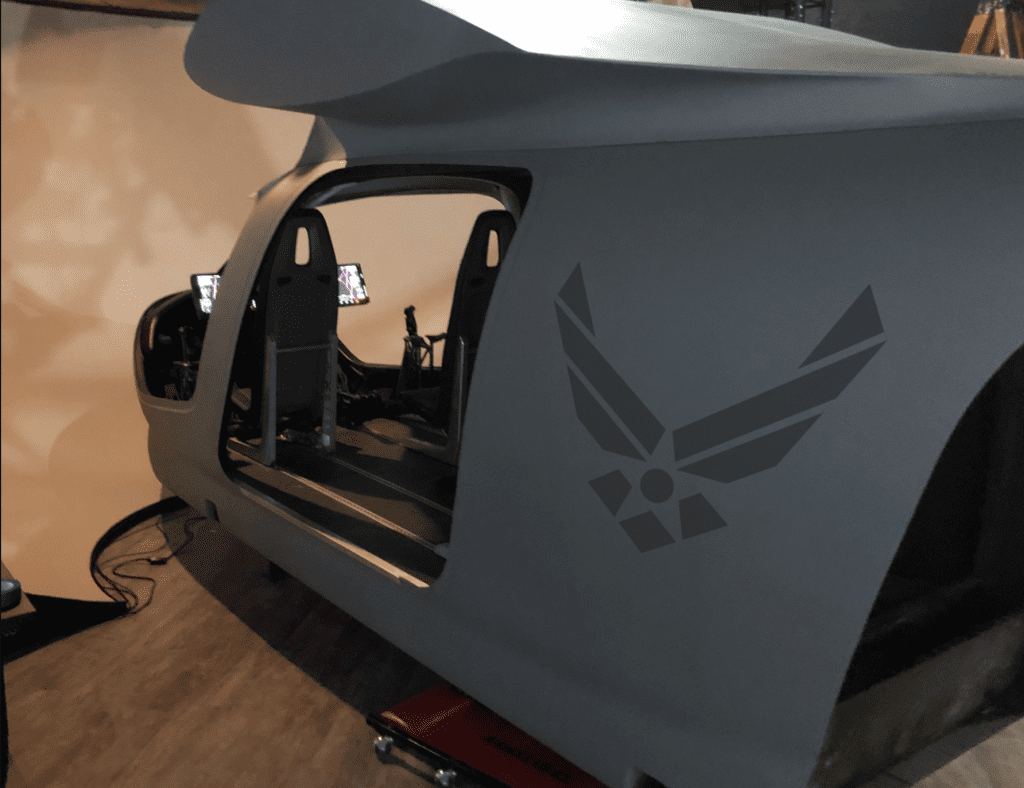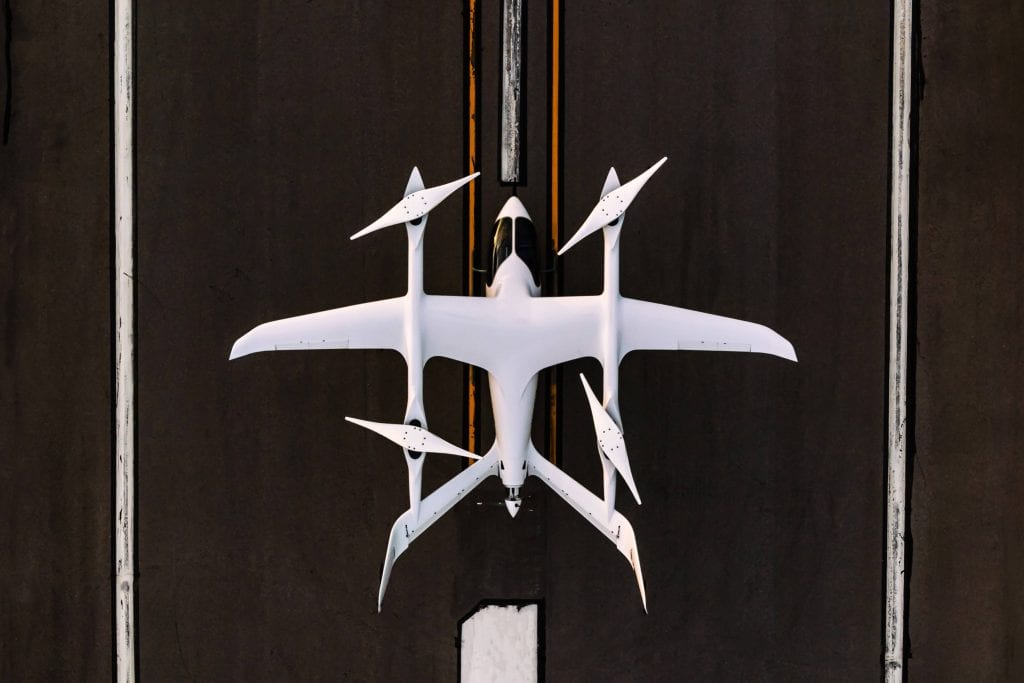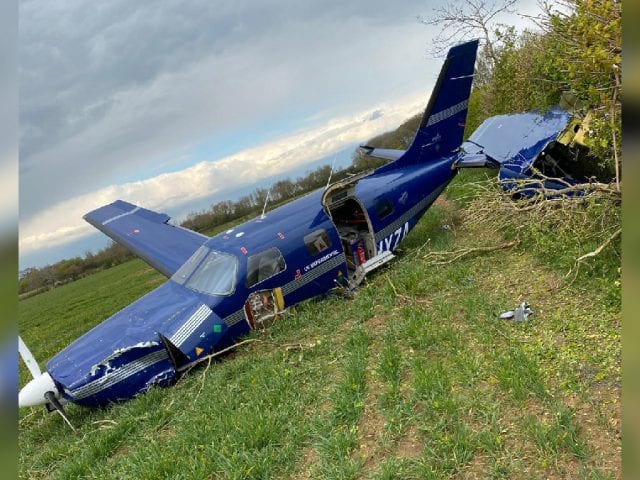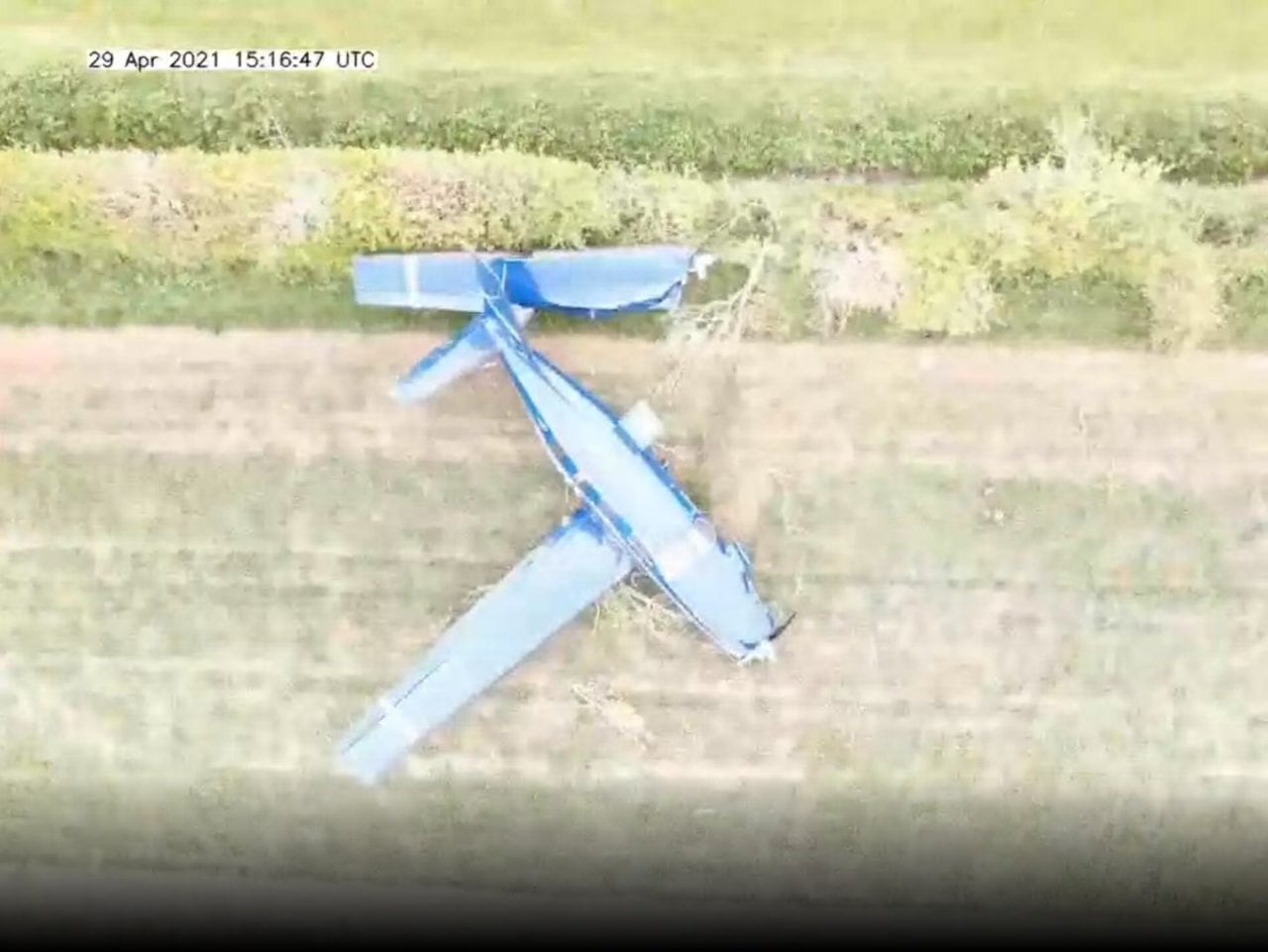
Check out the May 9 edition of What’s Trending in Aerospace, where editors and contributors for Avionics International bring you some of the latest headlines and updates happening across the global aerospace industry.
Commercial
Airbus Pays Tribute to Passing of Fly-By-Wire Visionary Bernard Ziegler

Bernard Ziegler, engineering pioneer for digital fly-by-wire control technology on Airbus aircraft, has passed at the age of 88. (Airbus)
Airbus published a May 5 press release paying tribute to the passing of Bernard Ziegler, at the age of 88. Ziegler, one of Airbus’ engineering pioneers, was instrumental in the introduction of the world’s first digital Fly-By-Wire (FBW) and side stick controls in a commercial passenger aircraft with the A320 in 1988, according to the release.
Born in 1933, in Boulogne sur Seine, Ziegler graduated from the French “Ecole Polytechnique” in 1954 and, later, from several engineering and flight training schools (Ecole Nationale de l’Air, Ecole de Chasse, Ecole Nationale Supérieure de l’Aéronautique, Ecole du Personnel Navigant Essais).
During the early 1960s he studied aeronautical engineering at ENSA (l’Ecole Nationale Supérieure de l’Aéronautique) in Toulouse, which is now ISAE-SUPAERO. He then attended prestigious flight test pilot school EPNER, before taking up a career as a military test pilot.
His career at Airbus spanned four decades, where he helped the company to realize the full potential that digital FBW could bring, including flight envelope protection incorporated into the control software. Ziegler’s legacy lives on with digital FBW on all current generation Airbus aircraft.
Through his retirement in December 1997, Ziegler was Airbus Senior Vice President of Engineering.
Boeing Adds New 737 Passenger-to-Freighter Conversion Lines in Costa Rica
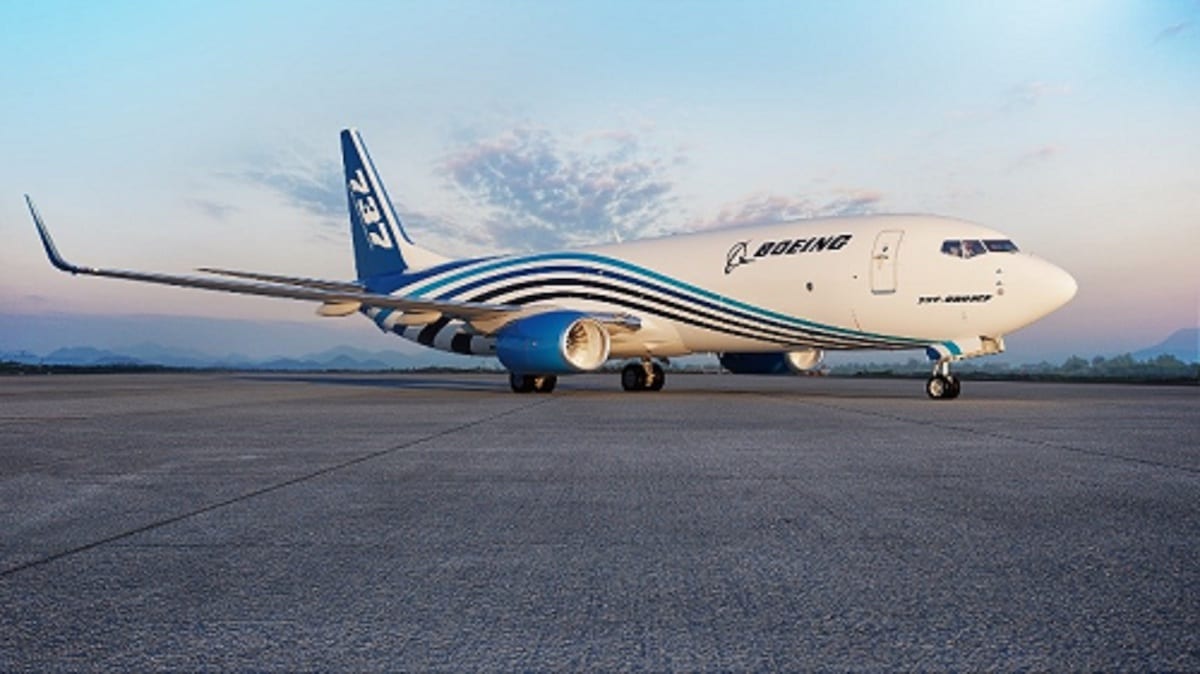
Boeing will add two new 737 passenger to freighter conversion lines in Costa Rica. (Boeing)
Boeing is adding two new 737-800 Converted Freighter (BCF) conversion lines in Alajuela, Costa Rica, under a new partnership with local aircraft maintenance, repair and overhaul (MRO) provider Cooperativa Autogestionaria de Servicios Aeroindustriales (COOPESA).
The first of the new conversion lines is expected to open in early 2022, according to a May 5 press release, with the second anticipated to open later that year.
Currently, Boeing converts 737-800 passenger airplanes to freighters at three locations: Boeing Shanghai Aviation Services (BSAS) in Shanghai, China; Guangzhou Aircraft Maintenance Engineering Company Limited (GAMECO) in Guangzhou, China; and Taikoo (Shandong) Aircraft Engineering Co. Ltd. (STAECO) in Jinan, China.
To date, the 737-800BCF has won more than 180 orders and commitments from 15 customers on four continents. In March, Boeing re-delivered the 50th 737-800BCF since entering into service in 2018.
Lufthansa Group Expands Long Haul Fleet with New Airbus A350, Boeing 787 Orders
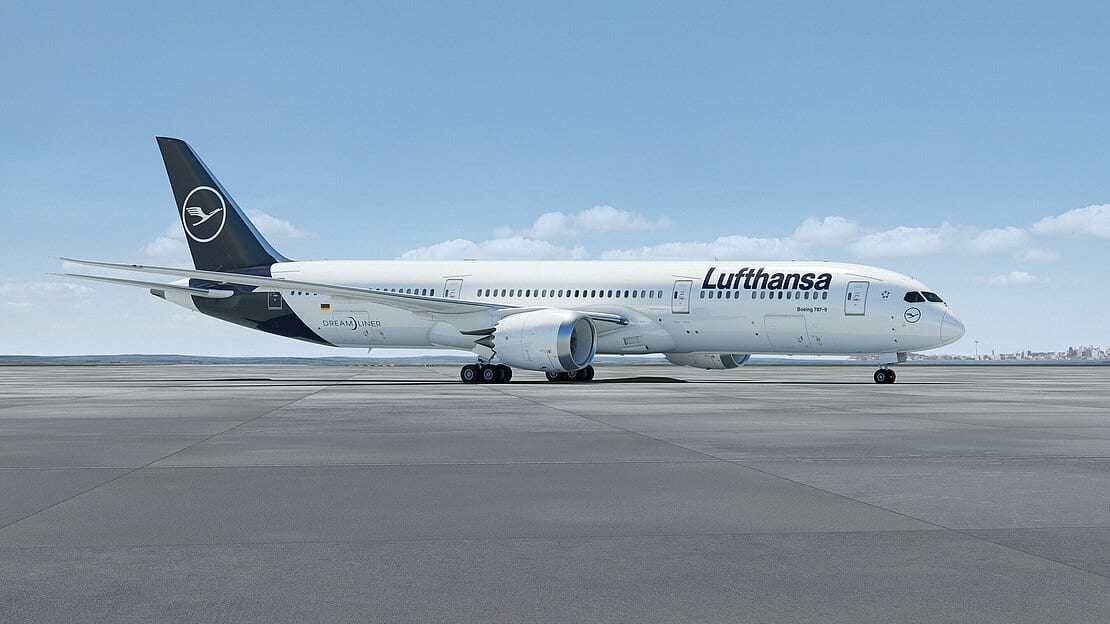
Lufthansa is adding five new 787-9s to its long-haul fleet. (Lufthansa)
Lufthansa Group’s Executive has approved a new purchase 10 total long-haul aircraft: five Airbus A350-900s and five Boeing B787-9, according to a May 3 press release. These aircraft will be operated by Lufthansa.
The first Boeing 787-9 are scheduled to fly for Lufthansa as early as next winter, with others to follow in the first half of 2022, according to the release.
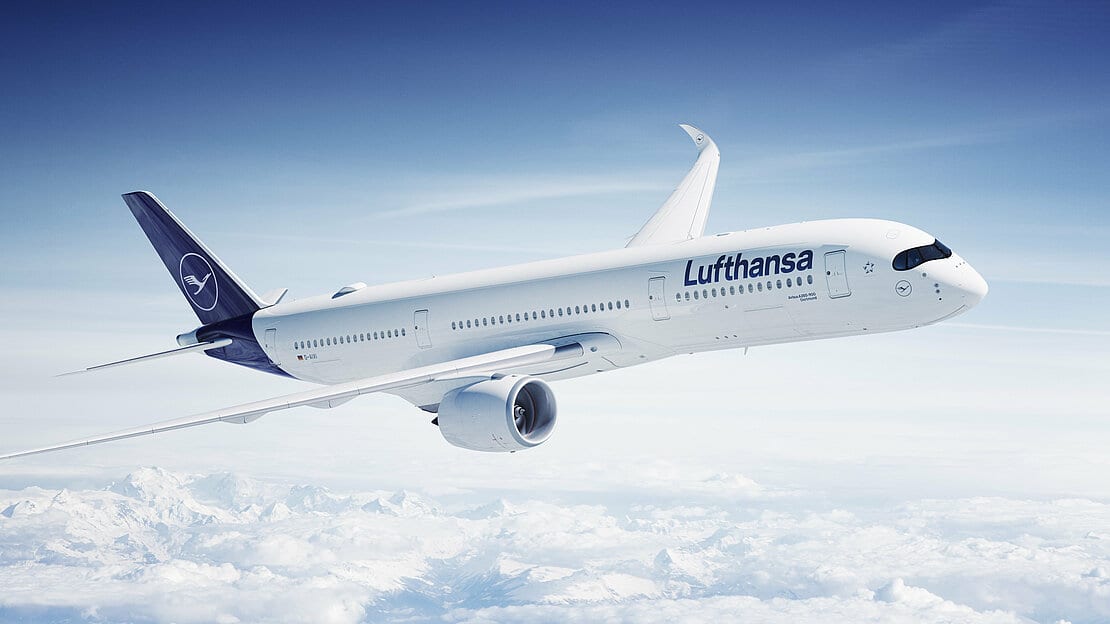
A computer-generated image of a Lufthansa Airbus A350-900. (Lufthansa Group)
The five newly ordered Airbus A350-900s will be delivered in 2027 and 2028. This brings the total number of firm orders for the A350-900 to 45 aircraft. The Lufthansa Group also agreed with Airbus on a re-structuring of planned deliveries.
“Even in these challenging times, we are continuing to invest in a more modern, more efficient and a lower emission Lufthansa Group fleet. At the same time, we are pushing ahead with the modernization of our long-haul fleet even faster than planned prior to the coronavirus pandemic due to anti-cyclical opportunities,” Carsten Spohr, Chairman of the Executive Board and CEO of Deutsche Lufthansa AG, said in the release. “The new aircraft are the most modern of their kind. We want to further expand our global leadership role, among other things, with cutting-edge premium products and a state-of-the-art fleet – especially because we have a responsibility to the environment.”
IATA Highlights High Cost of COVID-19 Testing on Airlines
The International Air Transport Association (IATA) highlighted the high cost of COVID-19 testing in a May 4 press release, referencing statistics from a sampling of the costs of tests being used in some of the world’s largest passenger airline markets.
“An IATA sampling of costs for PCR tests (the test most frequently required by governments) in 16 countries showed wide variations by markets and within markets,” IATA said in the release. “Of the 15 markets where there is a cost for PCR testing to the individual. The average minimum cost for testing was $90. The average maximum cost for testing was $208.”
“As travel restrictions are lifted in domestic markets, we are seeing strong demand. The same can be expected in international markets. But that could be perilously compromised by testing costs—particularly PCR testing. Raising the cost of any product this significantly will stifle demand,” Willie Walsh, IATA’s Director General, said in the release. “The impact will be greatest for short haul trips (up to 1,100 km), with average fares of $105, the tests will cost more than the flight. That’s not what you want to propose to travelers as we emerge from this crisis. Testing costs must be better managed. That’s critical if governments want to save tourism and transport jobs; and avoid limiting travel freedoms to the wealthy.”
Business & GA
Dassault Launches New Falcon 10X, Targets 2025 Entry into Service
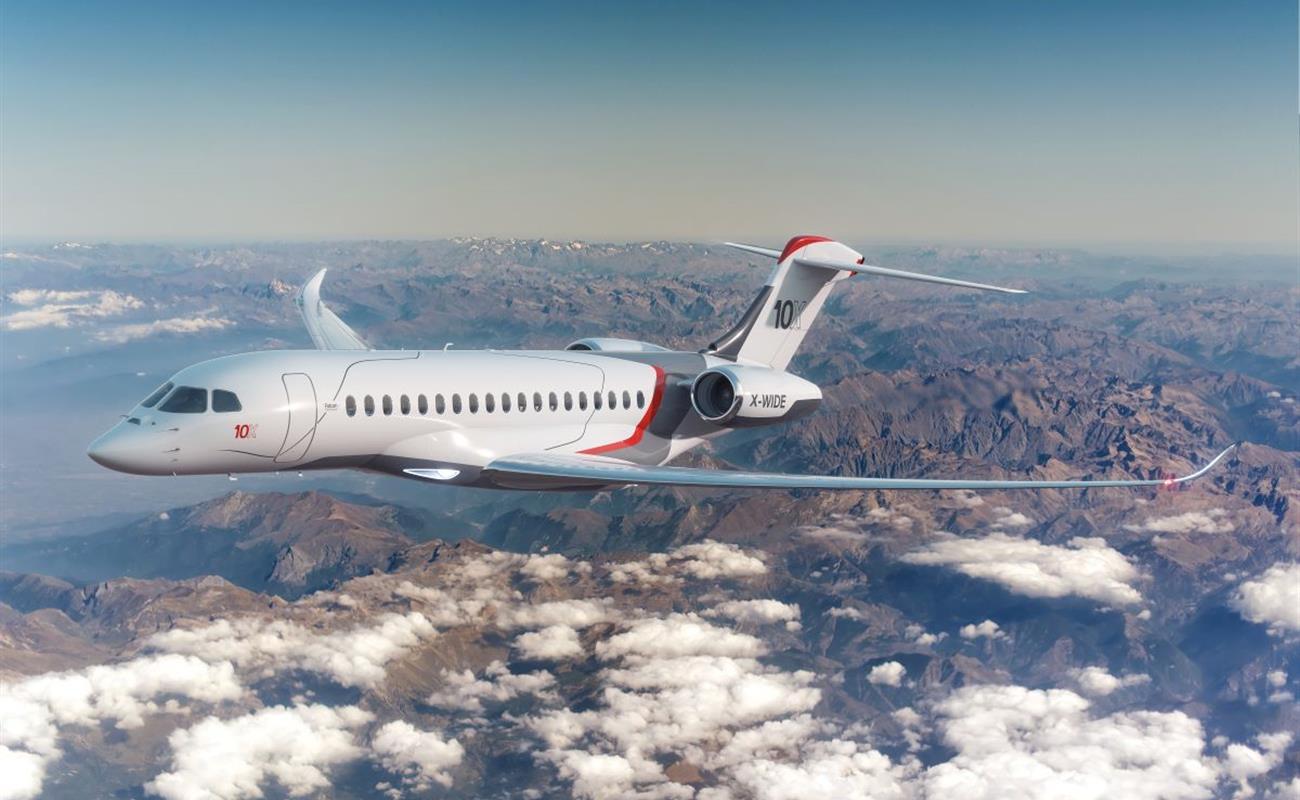
A computer-generated rendering of Dassault’s new Falcon 10X ultra long range business jet. (Dassault Aviation)
Dassault launched its all-new Falcon 10X business jet during a live ceremony broadcast from a hangar at Le Bourget Airport on May 6, targeting a 2025 entry into service.
The 10X will be powered by the Rolls Royce Pearl 10X engine, largest and most powerful version of the Pearl series, delivering more than 18,000 pounds of thrust. According to a May 6 press release, the 10X will be capable of flying nonstop from New York to Shanghai, Los Angeles to Sydney, Hong Kong to New York or Paris to Santiago with a 7,500 nautical mile range.

“The 10X is large enough to accommodate four cabin zones of equal length but owners can configure their cabin to create a truly customized interior, including for example, an expanded dining/conference area, a dedicated entertainment area with a large-screen monitor, a private stateroom with a queen-size bed or an enlarged master suite with a private stand-up shower,” Dassault said in the release.
Using augmented and virtual reality, Dassault gave a tour of a digital mockup of what the new 10X will look like, including the new flight deck, which features a single smart throttle that will serve as the primary power control, connecting both engines to the Digital Flight Control System (DFCS), according to Dassault.
Flexjet and Sentient Jet Parent Company Acquires Halo Aviation
Luxury fractional jet provider Flexjet and jet card provider Sentient Jet have a new sister company, Halo Aviation Ltd. (Halo), a U.K.-based helicopter transportation services operator. The transaction follows the acquisition earlier this year of Associated Aircraft Group (AAG), a U.S.-based executive Sikorsky helicopter operator.
“My vision is to strategically position each of our flight providers to become a leader in its market,” Kenneth C. Ricci, Principal, Directional Aviation, parent of OneSky Flight, said in a May 7 press release. “Flexjet is the preeminent global fractional ownership company, Sentient Jet offers the industry’s leading jet card and FXAIR and PrivateFly have uniquely-positioned offerings in the on-demand charter space. Now, with the acquisition of Halo and AAG, we can add another market to that list: Vertical lift.”
Founded in 2009 by William Fanshawe and Therese Bewsey, Halo Aviation is a helicopter travel services provider with bases in the south of England, around London, in the Midlands and in the Channel Islands.
Connectivity
Intelsat’s Gogo Commercial Aviation Acquisition Pays Off in First Quarter Results

Intelsat turned in its first year-over-year double-digit revenue increase in at least eight years, thanks to contributions from its recently acquired Gogo Commercial Aviation business. The satellite operator’s first fiscal quarter 2021 revenues were $502.8 million — an increase of $43.9 million (0r 10 percent) from Q1 2020.
The operator also cut its total quarterly net losses from $218.8 million in Q1 2020 to $174.9 million for the three-month period that ended March 31.
Intelsat completed its $400 million cash acquisition of Gogo Commercial Aviation in December and transformed it into a business unit under its Network Services division, which delivered $214 million in Q1 revenue. This represents a 43 percent year-over-year increase for the division and makes Network Services Intelsat’s largest and most profitable business unit, surpassing the Media unit.
The satellite operator said the increase would have been even greater if not for certain mobility and enterprise contract terminations that happened during the quarter. The costs attributed to the Gogo Commercial Aviation acquisition itself also offset some of the overall company’s gains.
SkyFive Creates Independent Sister company to Develop 5G Air-to-Ground Connectivity in China
SkyFive, a Munich, Germany-based provider of air-to-ground connectivity, has established a new independent sister company, SkyFive In-flight Connectivity dedicated to developing a new IFC solution for the Chinese commercial passenger airline market.
“To fully cater for the needs of increasingly connected aircraft flying in the dense Chinese airspace, the government decided to leapfrog legacy satellite technologies and rely on 5G-based Air-to-Ground (ATG) communications to provide aerial broadband connectivity services. Airline passengers will experience high speed Internet in the aircraft cabin, and airlines will benefit from significantly improved operational efficiency, all delivered at a minimum cost per bit,” SkyFive said in a May 1 press release.
The creation of SkyFive Inflight Connectivity (Beijing) Co. Ltd. follows the earlier announcement of a partnership with Airbus to develop a 5G ATG solution for the Chinese market.
Military
US Navy’s C-130s Get Upgrades
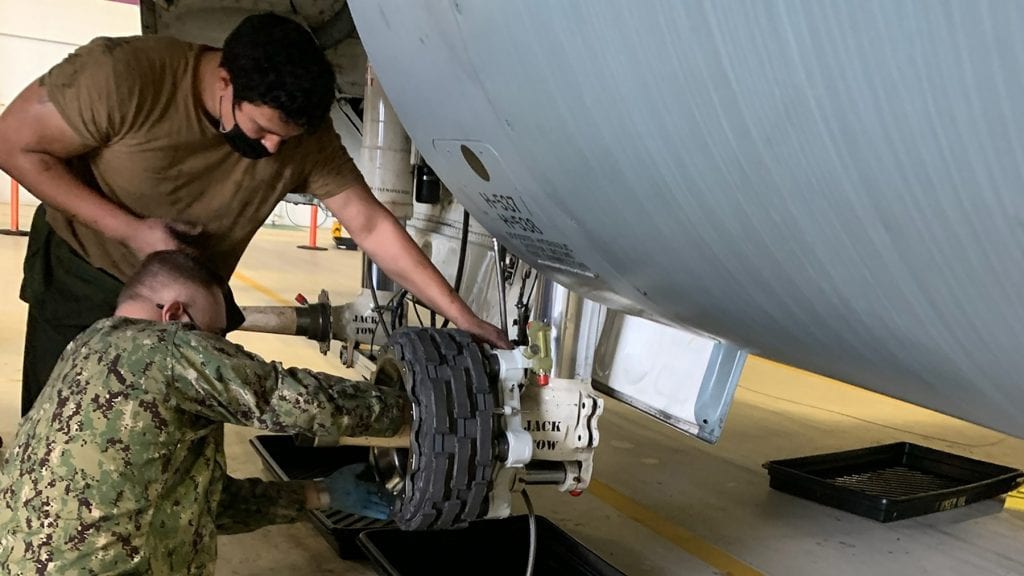
U.S. Marine Corps maintainers install Collins wheels and brakes on a C-130 at Navy Air Station New Orleans. (Collins)
The U.S. Navy’s fleet of C-130T and KC-130T aircraft has completed an upgrade of their wheels and brakes, according to a May 5 announcement from Collins Aerospace.
The new breaks will include Collins DURACARB carbon heat sink material allowing them to last for 2,000 landings per overhaul compared to 250 landings with the previous system, according to Collins. They can also handle higher energy.
“At Collins Aerospace, we’re committed to keeping our warfighters safe while delivering the most efficient solutions to our customers to help keep their aircraft in the air,” Ajay Mahajan, vice president, Landing Systems for Collins Aerospace, said in a statement. “And that is exactly what our bolt-less wheels and carbon brakes will do for the U.S. Navy.”
The new wheels will have a lock-ring design and higher fatigue life compared to previous models, according to Collins. They also contain fewer parts.
BETA’s eVTOL Receives First Air Force Airworthiness Approval for Human Flight in Electric Aircraft
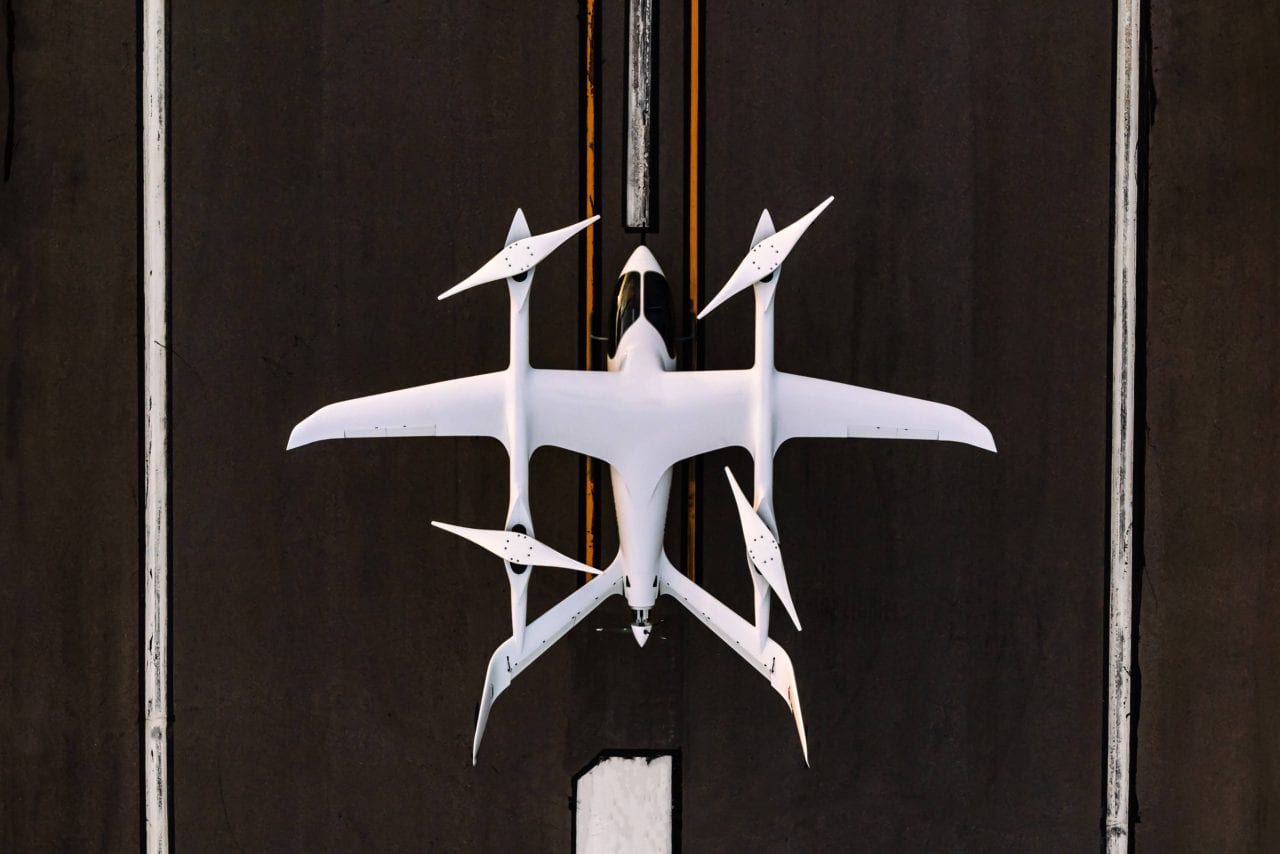
ALIA is a distributed, direct-drive electric propulsion system with eight lifting motors used for vertical lift and two internal motors used for cruising. (BETA)
After a year of testing BETA Technologies electric vertical take-off and landing (eVTOL) aircraft, ALIA, has received the first airworthiness approval for manned flight in an electric aircraft from the U.S. Air Force, the Air Force announced on May 5.
BETA and the Air Force will sign a contract in June that allows the Air Force access to ALIA as well as their eVTOL simulators in Washington, D.C. and Springfield, Ohio. The airworthiness approval allows ALIA to fly in the Air Force’s AFWERX Agility Prime program, according to the Air Force.
“Achieving the first manned airworthiness authorization in the Agility Prime program is a key milestone,” Col. Nathan Diller, the director of AFWERX, said in a statement. “This not only unlocks the opportunity to begin Air Force directed manned flight tests, but it also shows the high level of maturity of this technology and the high level of maturity of Agility Prime partner companies like BETA.”
The airworthiness approval follows the military 516c standard, according to BETA. ALIA is a distributed, direct-drive electric propulsion system with eight lifting motors used for vertical lift and two internal motors used for cruising, according to BETA. It is 7,000 pounds and has a 50-foot wingspan. BETA developed ALIA to be developed under Part 23 of the Federal Aviation Administration’s certification standard.
B-1Bs Resume Flight After April Grounding for Fuel Leak
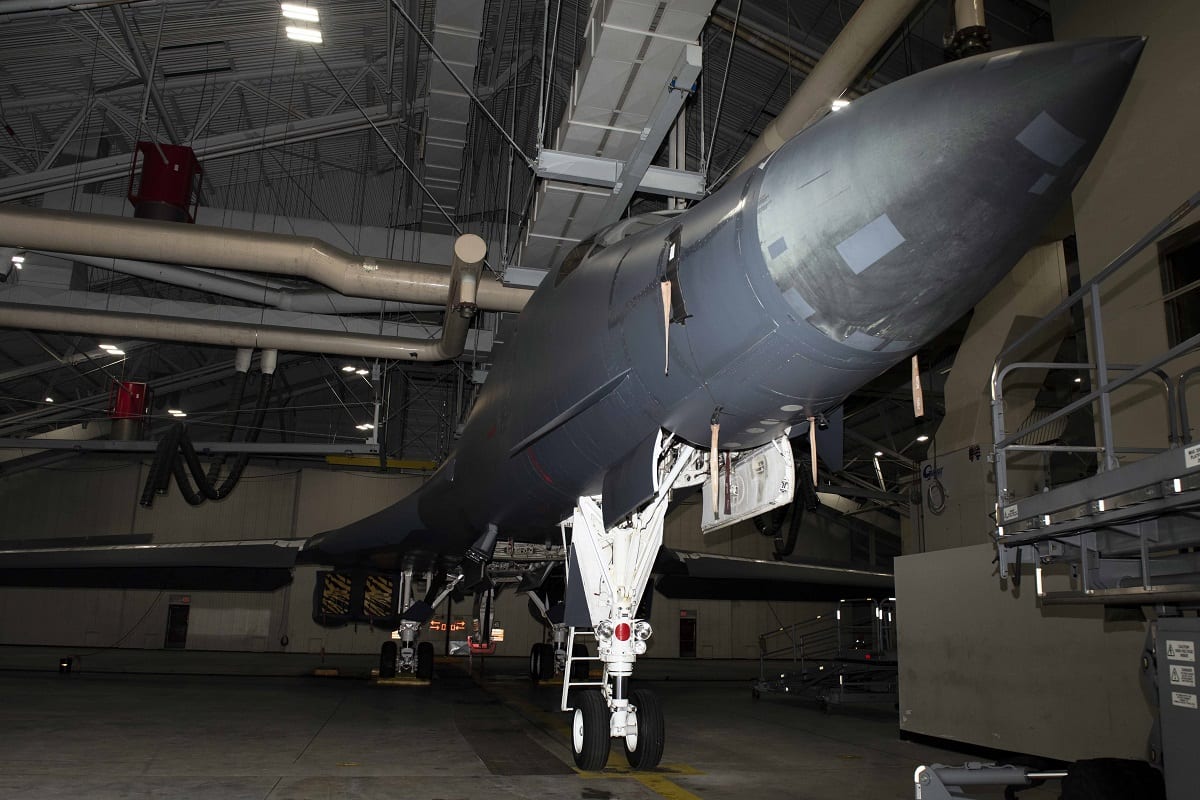
A B-1B Lancer is prepared for retirement at Ellsworth AFB, S.D., on Feb. 16. The Air Force has said that the planned divestment of 17 B-1B aircraft will help sustain the remaining fleet of 45 B-1s and save funds to direct toward the new B-21 bomber (U.S. Air Force)
U.S. Air Force B-1B Lancer bombers by Boeing began a resumption of flights on May 3rd after a safety stand-down by Gen. Timothy Ray, the head of Air Force Global Strike Command (AFGSC), on Apr. 20th.
“Individual B-1B aircraft will return to flight as inspections and maintenance directed during the stand-down are completed on each aircraft,” AFGSC said on May 6th. The Apr. 20th grounding of the B-1B fleet followed an Apr. 8th “ground emergency” involving one B-1B at Ellsworth AFB, S.D., per AFGSC. While taxiing to the aircraft parking area at 3:45 p.m. that day, maintenance crews saw fuel leaking from the plane and notified the aircrew.
Maj. Gen. Mark Weatherington, the commander of 8th Air Force, said in a statement that the B-1Bs “are still safe to fly and we are confident that this stand-down has resulted in increased safety within the B-1B fleet.”
Unmanned
D3 Technologies Partners with CAAM

D3 is developing an automated deep-tech air traffic control system for UAM for automated flight. (D3 Technologies)
D3 Technologies, the German urban air mobility (UAM) startup, is partnering with the Canadian Advanced Air Mobility Consortium (CAAM) to implement urban air traffic control in Canada, according to a May 6 press release from the company.
D3 is developing an automated deep-tech air traffic control system for UAM for automated flight.
“We highly value the opportunity to incorporate Air Traffic Control best practices and the forward-thinking of Advanced Air Mobility in a current, revenue-generating project that will demonstrate proof of concept to regulators such as Nav Canada and unlock future use cases,” Achim Kostron, CCO D3 Technologies, said in a statement. “The interdisciplinary partner models put together by CAAM will accelerate AAM worldwide! We are excited to be part of this progress and to enable regulators to evaluate the options of future urban air traffic control.”
Space
FAA Adds More Space Launch Activity Areas
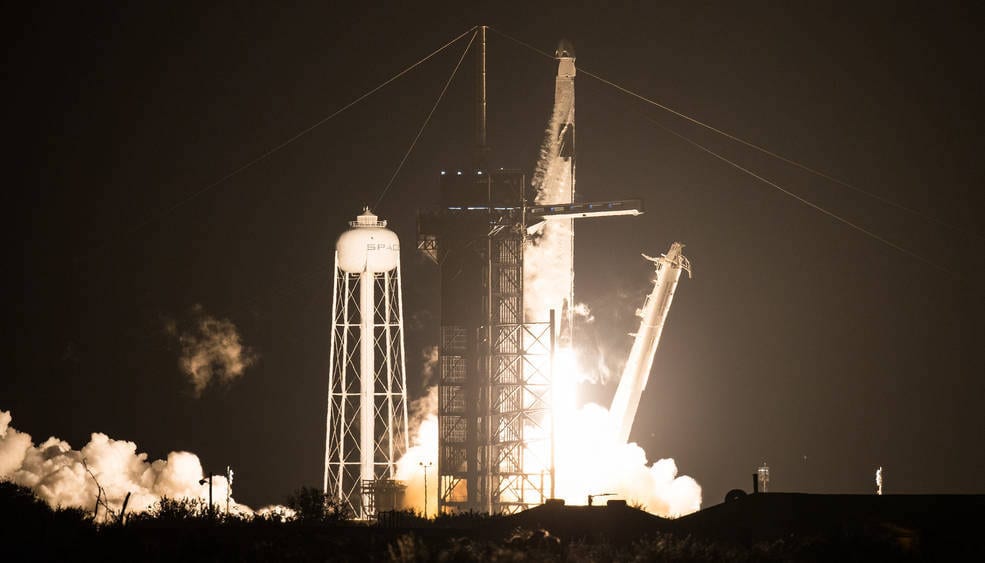
A SpaceX Falcon 9 rocket carrying the company’s Crew Dragon spacecraft is launched on NASA’s SpaceX Crew-1 mission to the International Space Station with NASA astronauts Mike Hopkins, Victor Glover, Shannon Walker, and Japan Aerospace Exploration Agency astronaut Soichi Noguchi onboard, Sunday, Nov. 15, 2020, at NASA’s Kennedy Space Center in Florida. (NASA)
The Federal Aviation Administration is adding more space launch activity areas to its navigation charts in an effort to increase pilot safety and airspace awareness, the agency announced in a May 5 release.
The agency is predicting that space launches and reentries could exceed 50 this year compared to 41 last year.
Space activity areas currently exist in Alaska, California, Colorado, Florida, New Mexico, Oklahoma, Texas, and Virginia.
eVTOL
Jaunt Expands Operations in Canada and Appoints New President

Jaunt Air Mobility is opening design and manufacturing operations in Canada. (Jaunt Air Mobility)
Jaunt Air Mobility is opening design and manufacturing operations in Canada and has appointed Eric Côté to head its Canadian operations, the company announced on May 6.
“Our announcement today to locate our design and manufacturing operations to Canada aligns with our certification path and commercialization strategy,” Martin Peryea, CEO of Jaunt Air Mobility, said in a statement. “Canada and Québec offer a wide range of opportunities stemming from a long history in the aerospace industry, including an experienced workforce and global suppliers. Canada’s aerospace industry is known for export, and we intend to capitalize on that reach. Canada is a global leader in developing and promoting clean technology and this is aligned with our core values.”
Côté has over 15 years of aerospace experience and was most recently leading the Soucy Group, a worldwide engineering and manufacturing organization in defense, power sports, industrial, and agricultural sectors.
“Jaunt Air Mobility is developing a new generation of aircraft that will meet the growing demand for faster urban and regional travel,” Côté said in a statement. “The Jaunt Journey will meet the highest safety standards and eliminate Green House Gases (GHG) emissions. One aircraft can eliminate the equivalent of 95 cars of GHG in congested city driving conditions. The aircraft will offer a solution for urban air mobility, cargo delivery, medical transport, and humanitarian aid.”
The post What’s Trending in Aerospace – May 9, 2021 appeared first on Aviation Today.
Check FastApn access for commercial satcoms at Fastapn
Flytlink – Avionics, Satcom’s and IFE Consultants













